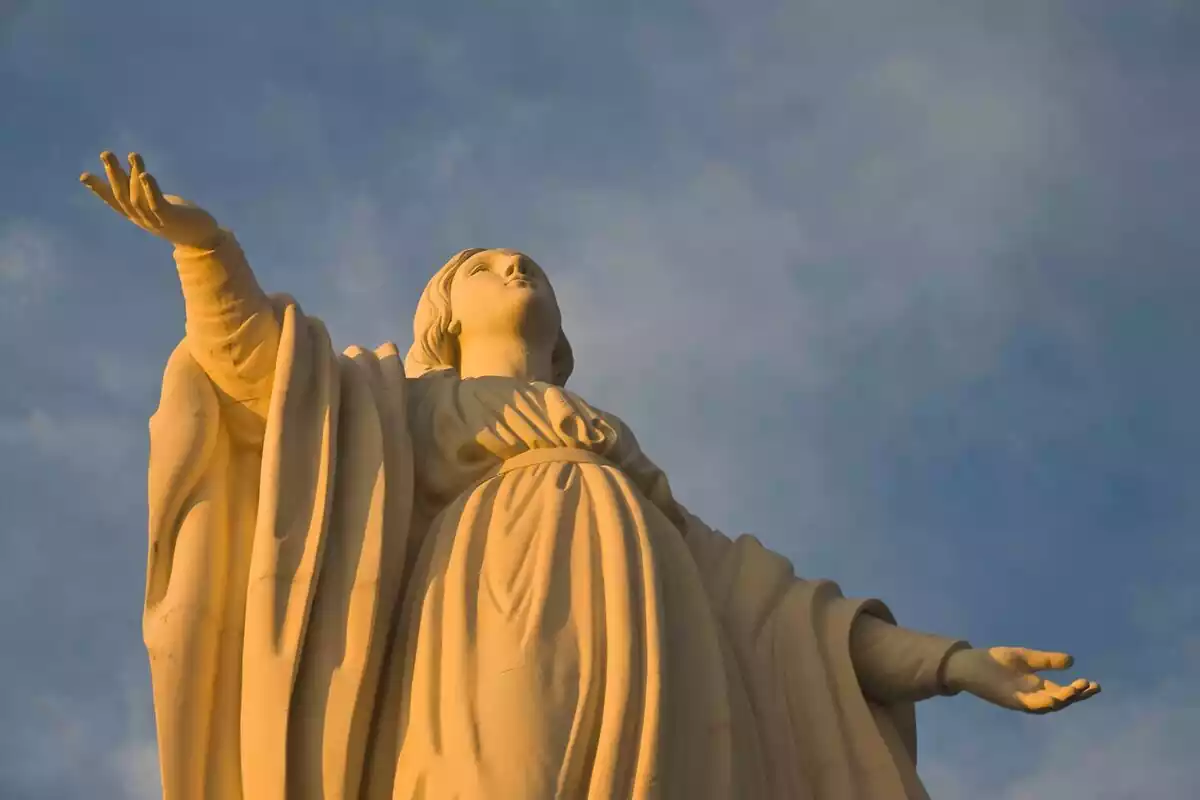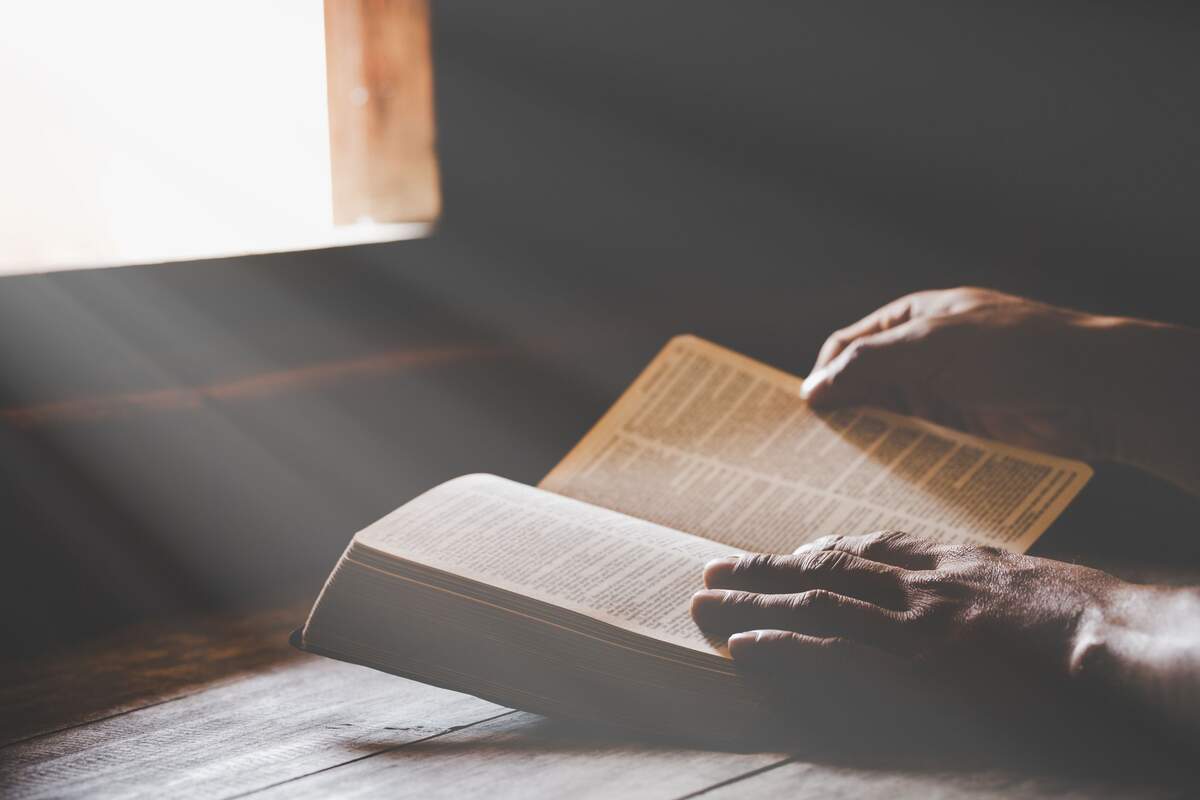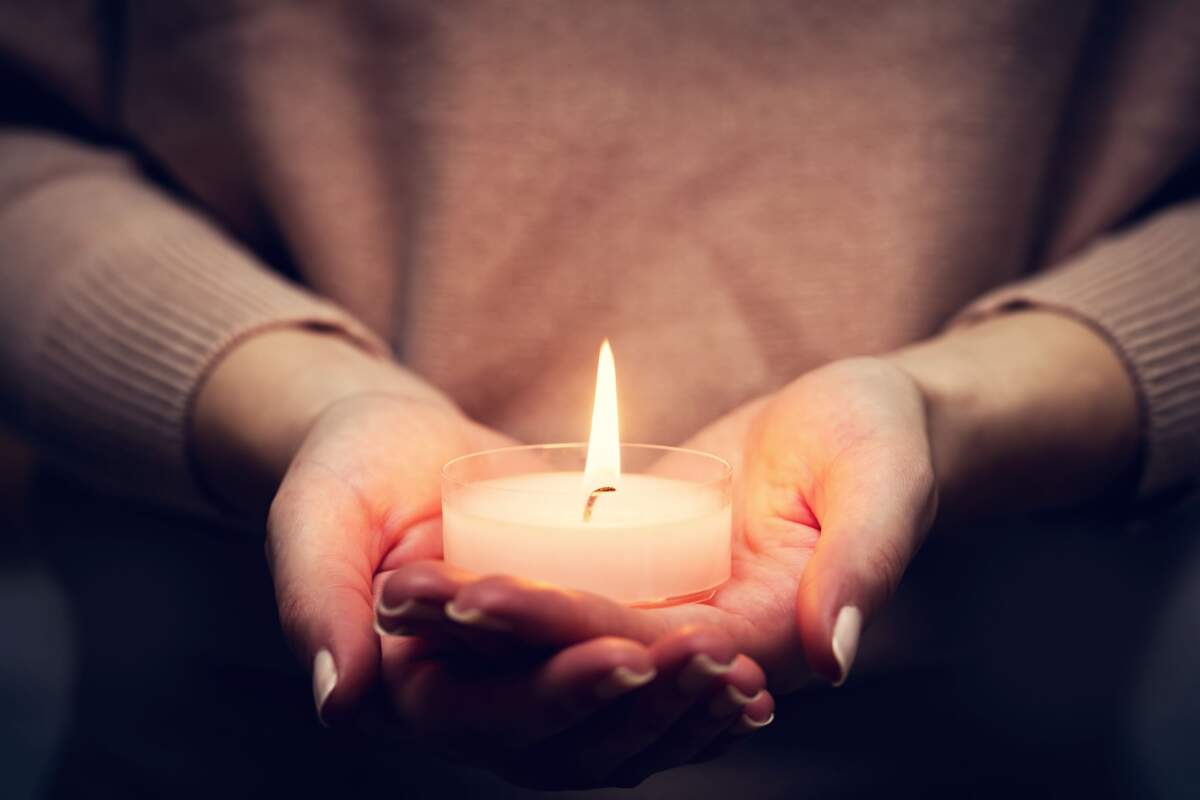
Christian Wiccan’s believe in the Triune God, in the aspect of God the Father, God the Son, and God the Mother. For the most part, in mainstream Christianity, the feminine aspects of the Divine have been hidden and swept neatly under the rug; the Holy Spirit (a feminine gendered name) is never shown or acknowledged as having a gender. Throughout the Bible, history depicts Her as a dove or a golden ray of heavenly light.
The Mother-God has been veiled in the Bible, and the books in which She is plainly present, if not dominate the entire book, have been removed from the canonized Bible and declared heresy, and usually done so at a council of men. The male council members are not the ones who made the Trinity into a Triple Male; this was not a gender-based ploy for the spiritual changing of the guard. Instead, the fact is that the Roman Catholic Church was downplaying the female aspect of God, previously observed by all earth-oriented religions worldwide.
The worship and adoration of the Goddess was equated with Pagans and earth-based religions. The word Pagan comes from the Latin "paganus" meaning: “country dweller,” indicating a farmer. Contrary to what many fundamentalist Christians and equally narrow-minded Pagans, the term Pagan does not mean anti-Christian. A likewise slanderous word is Heathen, which is a term that came from the farmers who lived on the heath or the flat lands of Europe.
Without the complete annihilation of the Goddess, Christianity would be simply another religion that included a Mother God and that would not carry the political punch that the newly controversial Triple Male concept would. How could God be a male-only Divine Being? This was a new concept! Even the Hebrews silently celebrated the female aspect of the Divine, and Her celebration was on the full of the moon each month.

Christianity was the new religious product on the market. Actually, before Christianity, religion and spirituality had never been a capitalist/money-making machine or a means of controlling the masses. Sure, religion had been a factor in wars and slavery of nations in the past, never had it been used as a commodity in world trade and as a means of controlling the masses to the degree with which the Roman Catholic Church proceeded.
Patriarchal dominance has been the mark of Christianity for so long, many Christians cannot even conceive the idea of a Mother-God cover-up! Several female Deities can lay claim to the title Christian Goddess.
Female Deities removed from the canonized Bible
Several female Deities can lay claim to the title Christian Goddess. The Virgin Mary, the earthly Mother of Christ, is usually the first to spring to mind. Catholic-influenced Christian Wiccans more often than not recognize the Virgin Mary as Goddess, as she was the earthly manifestation of the female Deity, much as Jesus is often considered both the Father and the Son or the male earthly manifestation of the male Deity.
Many researchers and scholars also realize that the Holy Spirit, translated from the Greek word "pneuma", is a feminine being. The Kabbalists rationalize the names YHWH, Elohim, and Jehovah as the High Spirit, the female and male principles respectively. There is also the need to recognize the singular feminine name Eloah, Elat, and the Aramaic form Eloi which are derivatives of Elohim.
There is the Goddess Sophia; the feminine noun Sophia being the Greek word for “Wisdom” (as opposed to "gnosis" for knowledge). Proverbs is a book dedicated to Sophia, mostly noted as the Spirit of Wisdom or Lady Wisdom. Wisdom is referred to as “She” throughout Proverbs.
Then, there are those who look to the “Goddess in the Gospels,” Mary Magdalene. Many believe that the Magdala was the wife of Jesus and co-Messiah or co-redemptrix with Him. Whether she was the wife of Jesus or not, the Gnostic Gospels definitely refer to her as the Companion of Jesus.
There is also information that there was possibly a female child, after their unpublicized wedding. “Mary” is a Greek pronunciation of the Hebrew name Miriam or Miriamni.
The primary Hebrew Goddess known as Asherah is one of the first consorts to be recognized as the Shekinah. In the book of Jeremiah, She is called the Queen of Heaven. Shekhina is more of a title than a name. The Shekhina was the Goddesses or Divine Consort once worshiped by the Children of Israel as the wife of their chief god, Yahweh.

Many people become confused when the concept is expressed as aspects of the female Deity, the female Spirit, either in Divine Manifestation (Mary Magdalene), Supernal Mother symbolism (Sophia, Elohim, Asherah the Shekhina), or by Divine blessings bestowed upon a human woman (the Virgin Mary).
Goddesses in the Holy Scriptures
Anyone studying Judaism and the Hebrew religions, the Holy Scriptures such as the Kabbalah, Torah, and Talmud know the term "ruach ha-kodesh" as the Hebrew term for the Holy Spirit. “Ruach” means “breath” or “spirit,” and “ha Kodesh” is a word akin to “holy”. In Hebrew, "ruach ha-kodesh" is a feminine term, so that in the original language of the Bible, the Ruach ha-Kodesh is a “She.” In the Old Testament, when the phrase “Spirit of God” is used, it is always the feminine Hebrew term.
The Shekhina is the title for the female aspect of the Divine and its literal translation is “the indwelling of God.” It is not really a personal name; it is more of a title for the consort of God. However, to many she was Asherah. Gnostic Sophia, The Holy Spirit (who has somewhat become the “catch-all” for the feminine aspect of The Divine), and the female aspect of Elohim (the Male-Female Deity) can be summed up in the doctrines by noted author and theologian Robert M. Grant.
His work concentrated on Early Christian writings especially of the second century, when he compares the androgynous nature of the Gnostic Creator God to the mystical Judaism of the Zohar, the classical work of the Kabbalah: “Yahweh is called the Father and Elohim the Mother”. As you can see, Dion Fortune’s theory of The Great Law applies to the Christian Goddesses as well: “All Gods are the Same God and All Goddesses are the Same Goddess.”
Some Christians find their Goddess by feeling and going where their heart takes them, making a move on blind faith. On the other hand, some are obsessed with a degree of proof, details, finding the clues and pieces of the missing Goddess puzzle in the Kabbalah, the non-canonized books, the Missing Books of Eden, the Nag Hammadi Library, as well as in the history and politics of the era. Both paths are perfectly acceptable.
Mary Magdalene as the companion of the Savior
Some Christian Wiccans are more Old Testament-oriented, others New Testament-oriented, Gnostic or Kabbalistic oriented. However, they are all seeking the “somewhat secretive” female aspect of The Divine. Many Christians refused to consider Mary Magdalene a possible aspect of the Goddess, yet she was Jesus’ most beloved disciple, and she is the woman who followed Him every day of her life. Mary Magdalene did as Jesus instructed and set about to tell the world of the Good News of the Savior.

Reportedly, Mary reached further from the Holy Lands than any of the other disciples spreading the gospel of Jesus. Often known as The Magdala, Mary made major impressions on the area now known as France. There are more statues and monuments indicating her service and ministry of Jesus found in the pre-Gaul area than in any other country in the world.
The Gnostic Gospels repeatedly speak of the disciples being jealous when Jesus would kiss her on the mouth! Perhaps it is this reason that she has been called the Goddess of the Gospels for two thousand years. The Gospel of Philip says, “As for Wisdom[Sophia]who is called the barren", She is the Mother of the Angels. And the companion of the Savior is Mary Magdalene. But Christ loved her more than all the disciples and used to kiss her often on the mouth.
The rest of the disciples were offended by it and expressed disapproval. They said to Him, "Why do you love her more than all of us?" and The Savior said "Why do I not love you like her? When a blind man and one who sees are both together in darkness, they are no different from one another. When the light comes, then he who sees will see the light, and he who is blind will remain in darkness.”
The Female Aspect of God
The Christian Goddess is not just about the possible deification of Mary, Mother of Christ, or Mary Magdalene or the assigning of them as avatars. The concept of the Christian Goddess is about the greater Female Aspect of God, and the many shapes and forms that She can take, just as God the Father takes many forms in our lives, or even more commonly, the angels.
Just because the medieval translators of the Old Testament made our Trinity wholly male, it does not mean that you can not re-educate yourself to see the sexual biases and the politics of the times that rested in the hands of the very powerful few. This is not about feminine equality, but cosmic balance in the Godhead. When we read that God made “Man in his own image”, many Christians find it easy to think of God creating Adam in his own image and Eve as an afterthought; this is not what the scriptures teach. Genesis 1:27 says, “God created man in his own image, in the image of God he created him; Male and female he created them.”
The image of God, then, is not created only male, but both male and female. Thus, we may know that men and women are equally the image of God. Perhaps humankind is the correct term we should use, suggesting that men and women together make up the image of The Divine.
